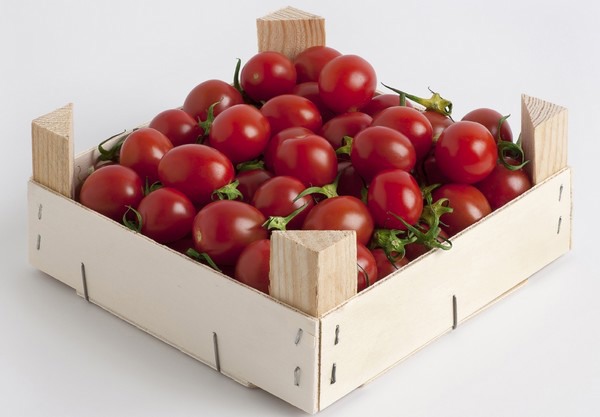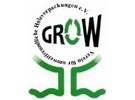With the thermal utilization of end-of-use wood packaging, climate-neutral energy can be generated. In view of rising oil, gas and electricity prices as well as new subsidy programs of the Federal Government, an economic component is added. "When companies now switch to wood-burning, they not only protect the environment, but can also count on considerable subsidies from the corresponding KfW programs," explains Uwe Groll, Managing Director of the GROW Association for Ecofriendly Wood Packaging e.V.
Grow e.V. represented by Alexander Engel, Uwe Groll, Joachim Engel and Franz Rebhan, at Fruit Logistica 2019.
For energy recovery, fruit and vegetable crates that can no longer be used because they are too polluted or defective can and should be used. They then become 'multi-value packaging' in ecological as well as economic terms. Switching over to wood burning would also solve the problem of waste wood disposal, which has exacerbated the bark beetle plague in recent times.

The starting point of the development is, among other things, the recently adopted climate policy of the Federal Government. The Federal Ministry of Economics and Business has decided to counter the increasing CO2 emissions in process heat with a subsidy program. Companies can apply for grants of up to 55 percent when building a wood-burning light. In view of the procurement costs, the use of used wood is particularly attractive after construction of the plant. Because: Through the burning of end-of-use wood, not a single additional tree has to be felled.
Therefore, the politicians reacted and added end-of-use wood of categories AI and AII to the list of fuels in KfW's subsidy program 295 as the only waste materials. These woods are therefore still considered as biomass and can be burned in the subsidized process heat plants. These plants will be rigorously checked for CO2 emissions and, in terms of climate protection, may replace traditional gas and oil firing. The energy from wood burning, however, can also generate cooling energy, which is also quite interesting for the industry.
Uwe Groll and Markus Benninger in the Benninger warehouse.
When purchasing waste wood, GROW comes into play. Its member companies produce fruit and vegetable trays as well as other wooden packaging, which, while providing the best microclimate for the transport goods, do not have an limitless service life. However, the sorted boxes are not simply disposed of, but either further processed for example in chipboard or thermally recycled.
In order to optimize these processes, to use the KfW subsidy programs and to offer companies appropriate solutions, GROW has found a cooperation partner with Schmidmeier NaturEnergie GmbH, which specializes in energy concepts for industry and commerce.
For more information:
Uwe Groll
GROW GmbH
Hauptstraße 98
67133 Maxdorf, DE
Tel.: +49 (6237) 929593
grow-gmbh@t-online.de
